
How does tof camera technology measure distance?
Image sensors are gradually developing from 2D to 3D. The introduction of depth information makes the scalability of applications such as smartphones,…

Image sensors are gradually developing from 2D to 3D. The introduction of depth information makes the scalability of applications such as smartphones,…
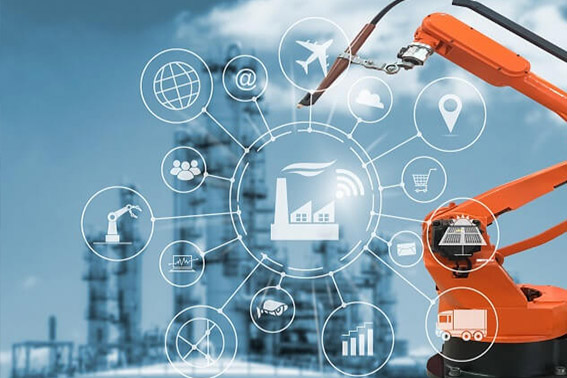
Many machine vision applications require high-resolution 3D depth camera to replace or augment standard 2D map imaging. Such solutions rely on 3D depth camera…
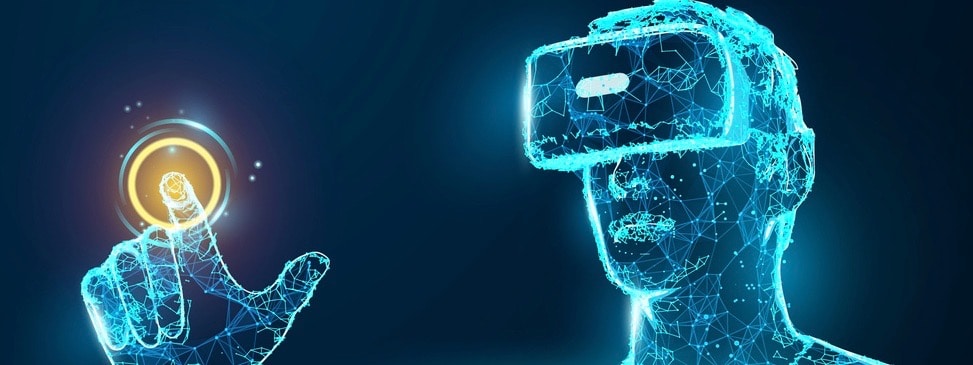
Due to the rapid emergence of 3D tof cameras, 3D tof cameras are often used as data acquisition devices in real-time systems for 3D reconstruction applications.

In robotic applications,3D depth cameras are mainly used in three aspects: precise secondary positioning of robotic arms, personnel following, and robotic arm…
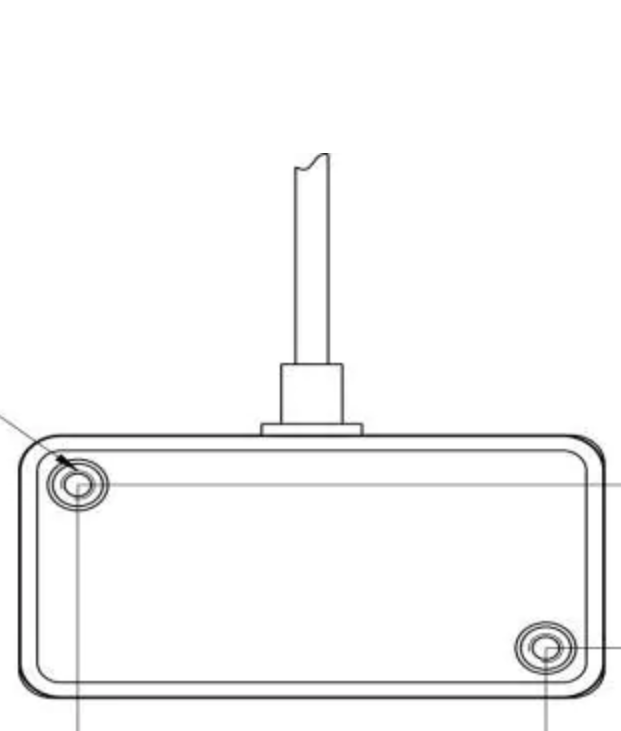
3D depth camera is a new technology emerging in recent years. Compared with the traditional camera, 3D depth camera adds a depth measurement to the function,…
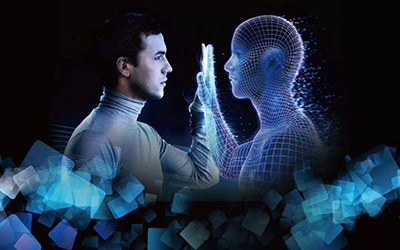
The application of depth camera is in the fields of intelligent human-computer interaction, face technology, 3D reconstruction, robotics, AR and other fields.…

3D ToF camera can measure the distance directly. The figure below is a schematic diagram of the Phab2 pro mobile phone's rear 3D ToF camera measuring in…
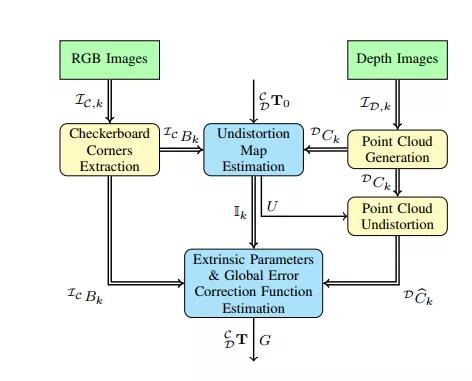
Common RGB-D cameras with rough intrinsic and extrinsic calibration data are often unable to meet the accuracy requirements required for many robotics…
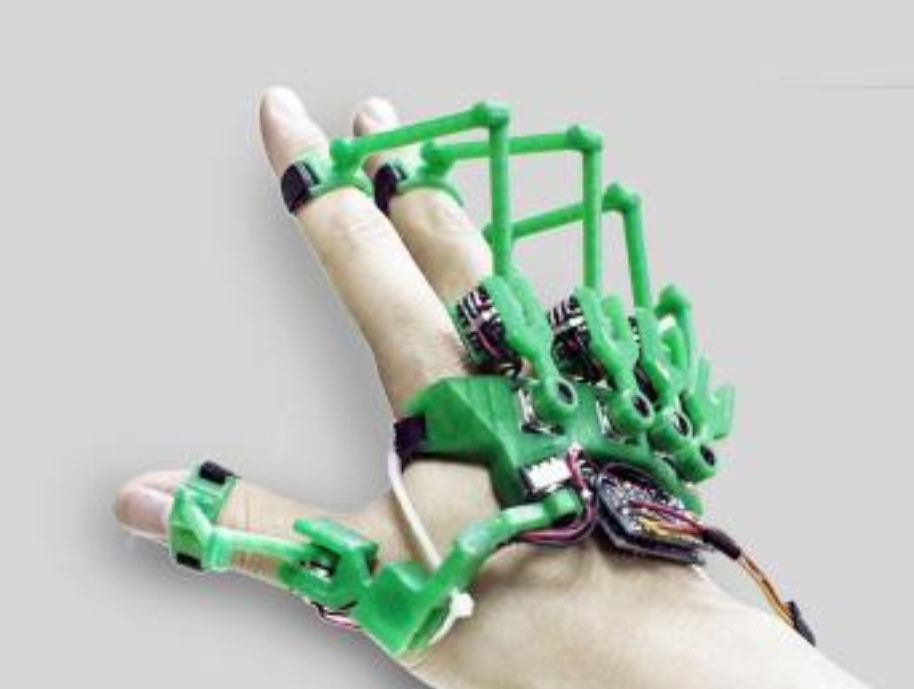
The accuracy of ToF sensor depends on its pulse duration. Compared with binocular vision and structured light schemes, ToF sensor accuracy does not decrease…

Face recognition is a biometric identification technology based on human facial feature information. A series of related technologies that use tof camera to…
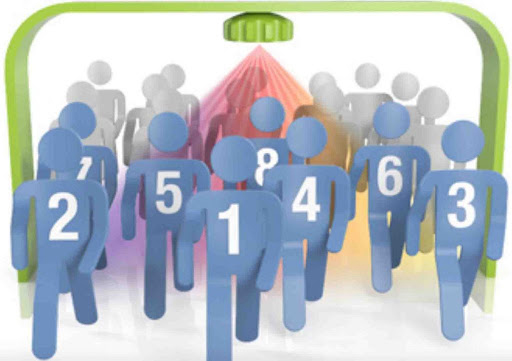
ToF camera can help robots build strong environmental perception and understanding capabilities, and can complete object recognition, detection and intelligent…

ToF camera can be used for environmental perception, 3D scanning, SLAM, gesture recognition, etc., to enhance the integration and interaction of virtual…